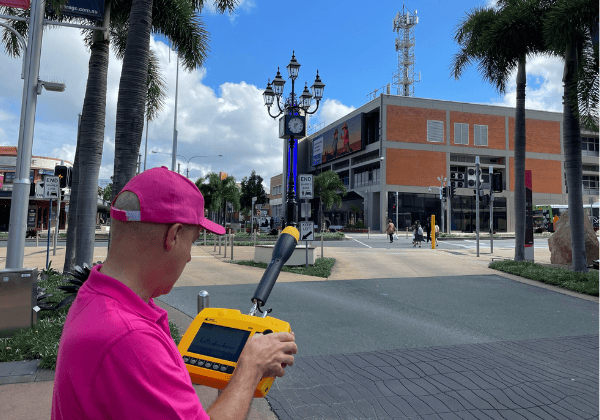Communications Cabling: Adoption of ISO/IEC 14543.3 (Parts 1 – 6) as a Technical Specification
Statements
Earlier today, Standards Australia made a decision to adopt ISO/IEC 14543.3 (Parts 1–6), Communication layers – Network based control as Australian Technical Specifications.
In coming to this outcome, which followed a referral to the Standards Development and Accreditation Committee, a committee of the Standards Australia Board, it was noted that:
- The proposal for adoption of ISO/IEC 14543.3 (Parts 1–6) was submitted with the required support and approved in May 2014;
- Standards Australia hosted a roundtable in April 2016 for stakeholders to consider the adoption of ISO/IEC 14543.3 (Parts 1–6) in order to address concerns raised by some stakeholders after first ballot;
- Standards Australia provided a further opportunity for stakeholders to share their perspectives through a public call for submissions on the proposed adoption of the documents between April and May 2016;
- Standards Australia considered the perspectives raised in May 2016 that ISO/IEC 14543.3 (Part 1 to 6) was one of a number of alternative and mutually relevant standards for home automation, and made a public call for submissions of project proposals for alternative home automation standards. No project proposals were received;
- Forum outcomes were considered prior to a decision to resume work on the adoption of the ISO/IEC 14543.3 (Parts 1 to 6) with the following provisions: a. Additional stakeholders would be invited to participate in the standards development process; and b. Standards Australia would seek that stakeholders raise concerns of a technical nature before submitting the document to committee ballot;
- The documents received the required stakeholder support during the second ballot process in 2017 and no relevant technical objections had been received;
- Standards Australia undertook significant stakeholder consultations over a two year period and had followed process in an open, transparent and fair manner; and
- Consideration was given to the ballot outcome and objections raised by some stakeholders before deciding to approve publication of the documents as Australian Technical Specifications.
Earlier today, Standards Australia made a decision to adopt ISO/IEC 14543.3 (Parts 1–6), Communication layers – Network based control as Australian Technical Specifications.
In coming to this outcome, which followed a referral to the Standards Development and Accreditation Committee, a committee of the Standards Australia Board, it was noted that:
- The proposal for adoption of ISO/IEC 14543.3 (Parts 1–6) was submitted with the required support and approved in May 2014;
- Standards Australia hosted a roundtable in April 2016 for stakeholders to consider the adoption of ISO/IEC 14543.3 (Parts 1–6) in order to address concerns raised by some stakeholders after first ballot;
- Standards Australia provided a further opportunity for stakeholders to share their perspectives through a public call for submissions on the proposed adoption of the documents between April and May 2016;
- Standards Australia considered the perspectives raised in May 2016 that ISO/IEC 14543.3 (Part 1 to 6) was one of a number of alternative and mutually relevant standards for home automation, and made a public call for submissions of project proposals for alternative home automation standards. No project proposals were received;
- Forum outcomes were considered prior to a decision to resume work on the adoption of the ISO/IEC 14543.3 (Parts 1 to 6) with the following provisions: a. Additional stakeholders would be invited to participate in the standards development process; and b. Standards Australia would seek that stakeholders raise concerns of a technical nature before submitting the document to committee ballot;
- The documents received the required stakeholder support during the second ballot process in 2017 and no relevant technical objections had been received;
- Standards Australia undertook significant stakeholder consultations over a two year period and had followed process in an open, transparent and fair manner; and
- Consideration was given to the ballot outcome and objections raised by some stakeholders before deciding to approve publication of the documents as Australian Technical Specifications.

Email:

Email:


